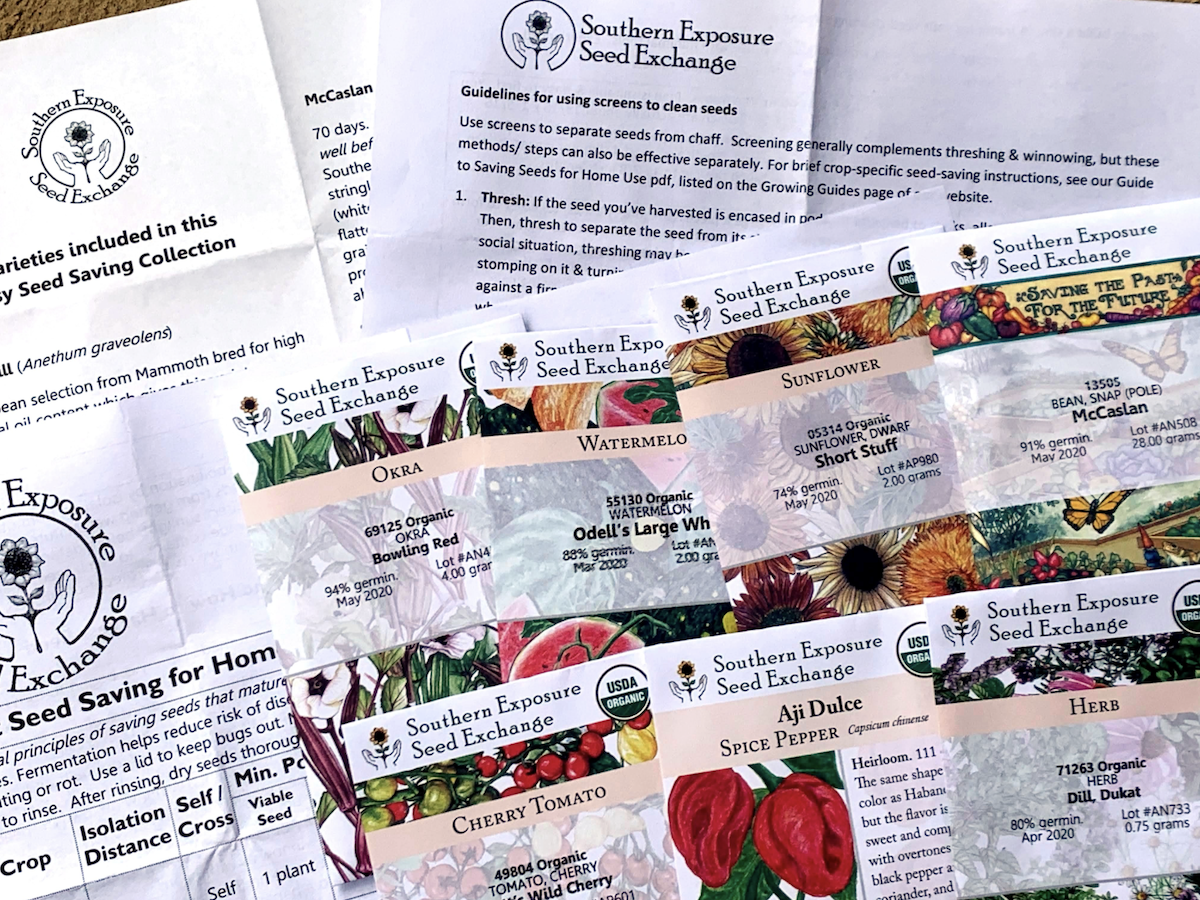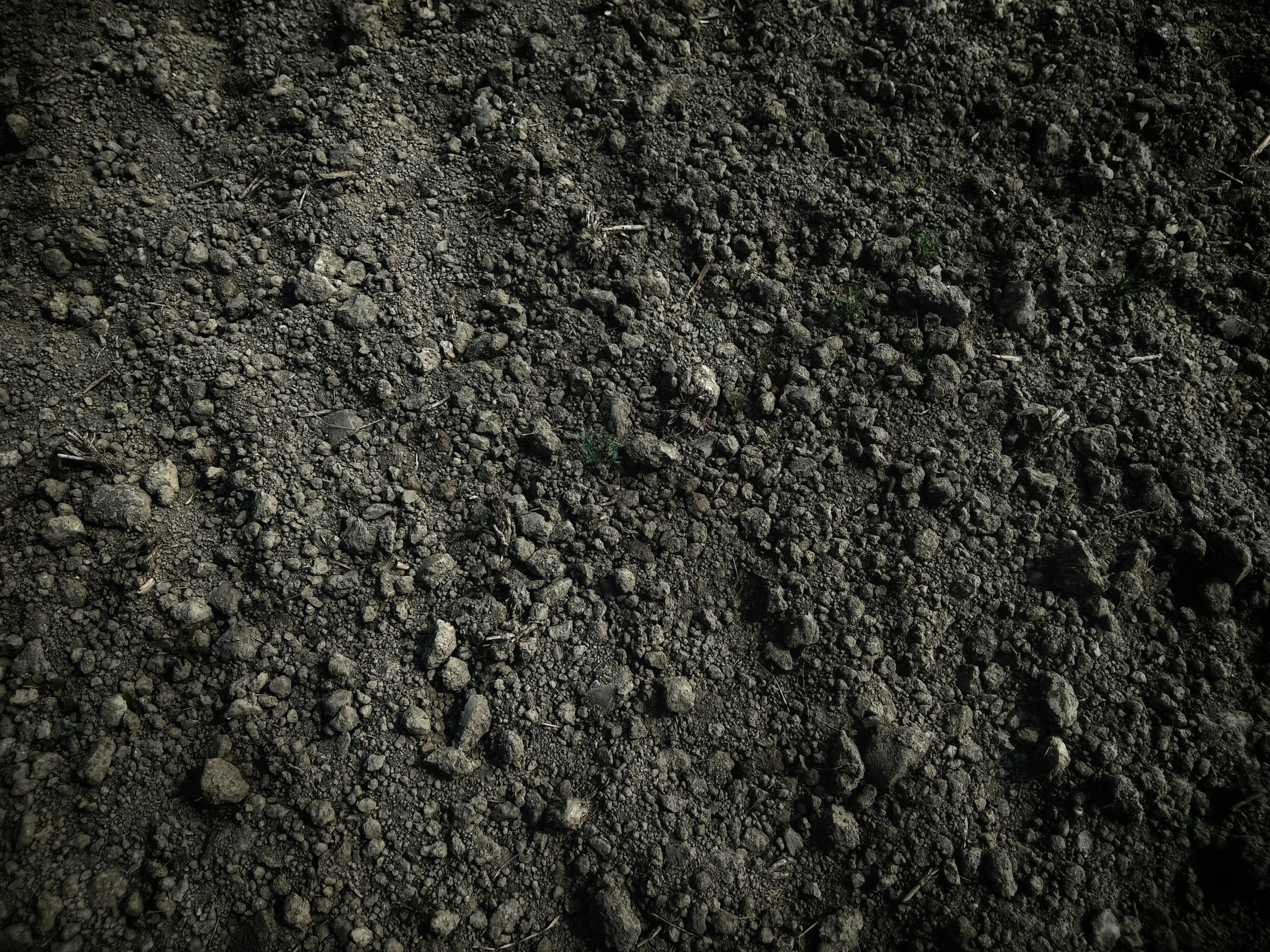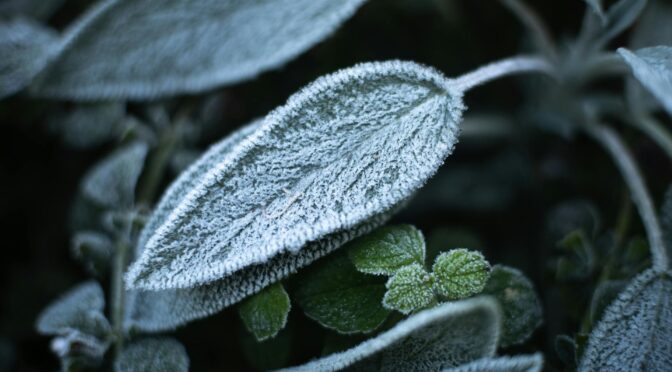Winter isn’t just for flipping through the seed catalogs! It’s an excellent time to work on planning and building a healthier, more productive garden. Complete these winter garden chores to have stress-free planting season come spring.
 Organize and Check Seeds
Organize and Check Seeds
Don’t toss those old seeds! Seeds don’t go bad after a certain date; their germination rate slowly declines.
Whether you saved seeds from a previous season or have leftover seeds from us, it’s time to sort, test, and organize them. How you sort your seeds is a personal preference, but it’s a good idea to divide them into categories like tomatoes and salad greens, so you know what you have.
Properly storing your seeds is critical, as it will affect their shelf life. The best-case scenario is to store them somewhere below 40°F with no sunlight and low humidity. If you have the space, airtight containers in the freezer are a perfect option.
For in-depth advice on seed testing, expected shelf life, and proper storage, visit:

Garden Plan
“A goal without a plan is just a wish.” ~Antoine de Saint-Exupéry
Flipping through seed catalogs and looking at gorgeous garden layouts on Instagram is always a fun way to brighten a winter day. But, to make those dreams into something real, you need to plan for next season. And the earlier, the better that’s why we’ve included it on this winter garden chores list.
Crop rotation is key to pest and disease management, so a rough sketch of last year’s layout is a great starting point. Using your sketch, you can plan beds for next season, ensuring that you avoid planting any crop family (ex. Nightshades, alliums, brassicas) in the same spot for at least two years.
Once you have a basic layout, you may also want to incorporate some companion planting. Gardeners use companion planting to maximize space, control pests, attract beneficial insects, provide natural trellises, and more.
Consider succession planting. It’s a great way to extend the season and avoid gluts and shortages. Think about seeds you’ll need for spring planting and any you want to plant during the summer for a fall harvest.
Resources:
- Companion Planting: Benefits & Techniques
- Plant families: What they tell us
- Summer Succession Crop Planting: Avoid Gluts & Shortages
- When to Plant A Fall Garden
- SESE Garden Planner
 Order Seeds
Order Seeds
Now onto everyone’s favorite on the winter garden chores list: ordering seeds.
You’ve taken stock of your seeds and built a garden plan. Now is the time to order anything you’re missing. Getting your order in early ensures you get the first pick of your favorite varieties.
While you’re browsing the website or flipping through the catalog, take notice of key features. Watch for days to maturity, phrases like early, drought-tolerant, or heat-tolerant. You should aim to choose varieties that have resistance to pests and diseases that you have struggled with in the past.
Get detailed advice on what to look for when ordering seeds:
 Build Healthy Soil
Build Healthy Soil
A productive garden begins with healthy soil, and winter is a great time to work on soil building.
Cover crops, and green manures are among the best methods for improving the soil over the winter. They provide nutrients, organic matter, and protect the soil from erosion. Unfortunately, it’s too late to plant winter cover crops in many areas. However, it’s a good time to think about spring sowing.
One of the simplest, most effective winter garden chores is composting. It’s a great way to add organic matter and fertility to beds in the spring. Just add a couple of inches of finished compost to the top of each bed.
Amending the garden can be tricky, especially when we can’t pinpoint the issue. A soil test is the best way to determine what your garden needs and winter is a great time to get one! Soil labs get busy in spring, so get your samples to them as soon as possible.
Soil texture is one feature that you can easily test at home, using a simple jar test. Knowing your soil texture will tell you key features about how your soil drains, compacts, and holds nutrients.
Resources:
- Composting 101
- Cover Crops for Beginners
- Cover Crops for Great Green Manure, Mulch, and More
- Build Soil with Green Manures
- Cover Crops: Improve Clay Soils
- Soil Season: Winter Cover Crops
- Getting a Soil Test
- Understanding a Soil Test
- Soil Texture: The Jar Test

Prepare a Seed Starting Set Up (and start seeds)
When you start seeds at home, you can grow anything you want.
Growing your own seeds at home rather than purchasing plants means extra winter garden chores, but it also means you have access to an incredible range of heirloom vegetables, native wildflowers, and medicinal herbs, and more at your fingertips. But you’ll need a set up for them.
While most vegetable garden seeds don’t need light to germinate, they do best with some form of supplemental lighting once they start to grow. You’ll also need a place to put your seedlings, good seed starting mix, and containers. You may also want to consider heat mats for heat-loving seedlings like peppers.
If you’re new to seed starting, you may be surprised to learn that much of it takes place in the winter. We’re tucking seeds into trays weeks before our last frost date. For those in our zone, we offer a list of planting at the back of our catalog (available as a pdf below). You can also get personalized planting reminders with our garden planner or the Farmer’s Almanac “What to Plant Now” app.
Watch out for varieties that need cold stratification. You’ll need to complete some extra steps to get a good germination rate from these.
Resources:
- The Basics: Seed Starting Supplies
- Basics: When to Start Seeds Indoors
- Basics: How to Start Seeds Indoors
- 8 Common Mistakes When Starting Seeds
- Cold Stratification
- Zone 7 Planting Dates
Take advantage of the off-season with these five winter garden chores. What do you do in the winter for your garden?

